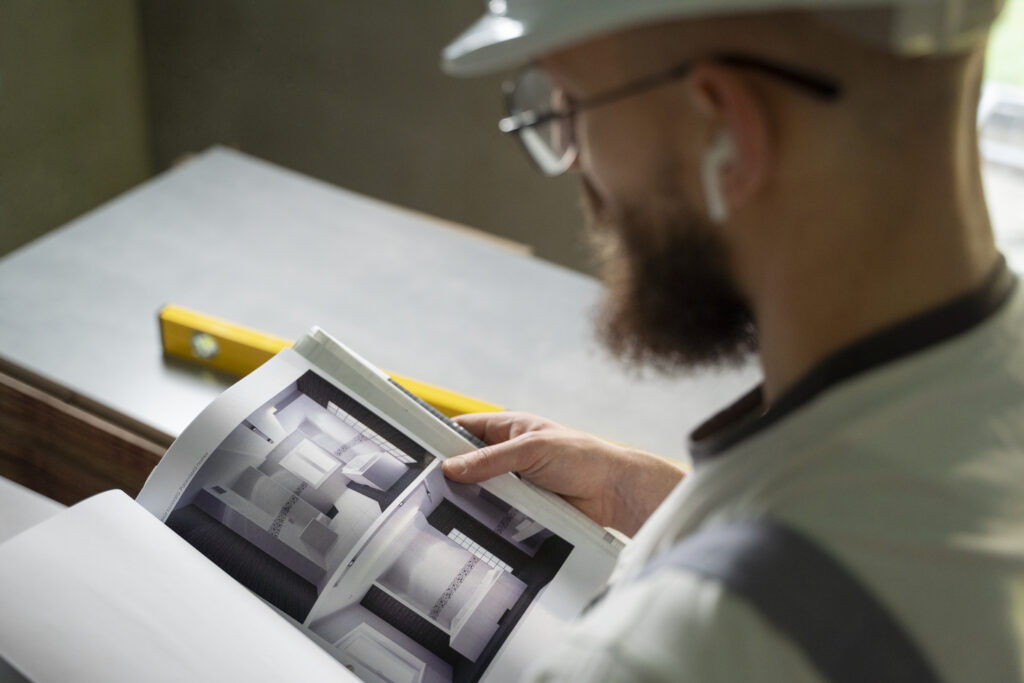Flow meters are essential instruments used in a wide range of industries to measure the rate of liquid or gas flow in a system. From water treatment plants and oil refineries to laboratories and pharmaceutical production, accurate flow measurement is vital for maintaining efficiency, quality, and safety. However, to ensure consistent accuracy, these devices must undergo regular flow meter calibration—a process that aligns their readings with established standards.
This article delves into the importance, methods, frequency, and benefits of flow meter calibration.
What is Flow Meter Calibration?
Flow meter calibration is the process of comparing the flow meter’s measurement to a known reference standard and adjusting the meter to match this reference as closely as possible. The goal is to reduce measurement error and ensure that the readings from the flow meter are within an acceptable tolerance.
Calibration is not just a one-time process. It must be done periodically to account for drift, wear and tear, changes in operating conditions, or contamination that might affect accuracy.
Why is Flow Meter Calibration Important?
- Accuracy in Measurement
Even the most advanced flow meters can drift over time. Without regular calibration, they may deliver inaccurate results, leading to over- or underestimation of flow rates. This can significantly impact production quality, safety, and cost efficiency. - Compliance with Industry Standards
Many industries are governed by strict regulations. Flow meter calibration is often required to comply with standards from organizations such as ISO, ASTM, and NIST, especially in sectors like pharmaceuticals, food and beverage, and petrochemicals. - Process Optimization and Cost Control
Accurate measurements ensure optimal use of materials and energy. Inaccurate flow readings can lead to excessive usage of raw materials or incorrect chemical dosing, increasing operational costs and environmental waste. - Safety Assurance
In systems handling hazardous or pressurized fluids, precise flow measurement is crucial. Overflows, leaks, or improper flow rates can lead to dangerous situations. Calibration helps minimize such risks.
How is Flow Meter Calibration Performed?
The calibration method depends on the type of flow meter (e.g., volumetric, mass, or velocity-based), the medium being measured, and the accuracy required. Below are common calibration methods:
1. Gravimetric Method
In this method, the fluid passing through the flow meter is collected and weighed over a specific period. The weight is then compared to the flow meter reading. This method is highly accurate and commonly used in laboratories.
2. Volumetric Method
Similar to the gravimetric method, but instead of weight, the volume of fluid is measured using a calibrated tank or container. It is often used for water or other liquids in larger industrial setups.
3. Master Meter Method
A master (reference) flow meter, which has been calibrated to national standards, is used in series with the flow meter under test. Their readings are compared, and the test meter is adjusted accordingly.
4. Comparison with Standard Flow
In this method, the flow is generated at a known, standard rate and passed through the meter. The output is compared with the known flow, and discrepancies are corrected.
5. Dry Calibration
For gas flow meters, dry calibration uses air or nitrogen at standard temperature and pressure conditions. This method avoids the need for handling liquids and is ideal for certain process meters.
Calibration Frequency: How Often is It Needed?
The frequency of calibration depends on several factors:
- Manufacturer’s recommendation
- Type of flow meter
- Criticality of the application
- Operating environment (e.g., high temperatures, corrosive fluids)
- Regulatory requirements
In general, industrial meters should be calibrated at least once a year. However, for high-precision applications or harsh conditions, more frequent calibration (quarterly or bi-annually) may be required.
Flow Meter Calibration in Different Industries
- Oil & Gas: Miscalculated flow can lead to significant financial losses. Custody transfer meters must be precisely calibrated.
- Pharmaceutical: Drug manufacturing requires tight control over fluid dosing; therefore, regular calibration is mandatory.
- Food & Beverage: Calibration ensures product consistency, hygiene, and compliance with food safety standards.
- Water Management: Accurate flow helps optimize treatment processes and distribution.
- HVAC Systems: Ensures correct heating/cooling fluid distribution for energy efficiency.
Choosing a Calibration Service Provider
When outsourcing flow meter calibration, choose an accredited lab with experience in your specific industry. Important factors to consider include:
- ISO/IEC 17025 accreditation
- Traceability to national/international standards
- Capability across flow meter types and sizes
- On-site calibration options
- Turnaround time and documentation quality
Benefits of Regular Flow Meter Calibration
- Improved process efficiency
- Regulatory compliance
- Reduced waste and cost
- Enhanced safety
- Prolonged meter lifespan
- Reliable data for decision-making
Conclusion
Flow meter calibration is a critical aspect of quality control and operational excellence across many industries. It ensures that flow meters deliver accurate, reliable, and repeatable results, thereby supporting safety, compliance, and efficiency. Neglecting calibration can lead to significant errors and costly consequences, while regular calibration helps maintain performance and trust in measurement systems.
Investing in proper and timely flow meter calibration is not just good practice—it’s a strategic necessity in today’s precision-driven industrial world.


